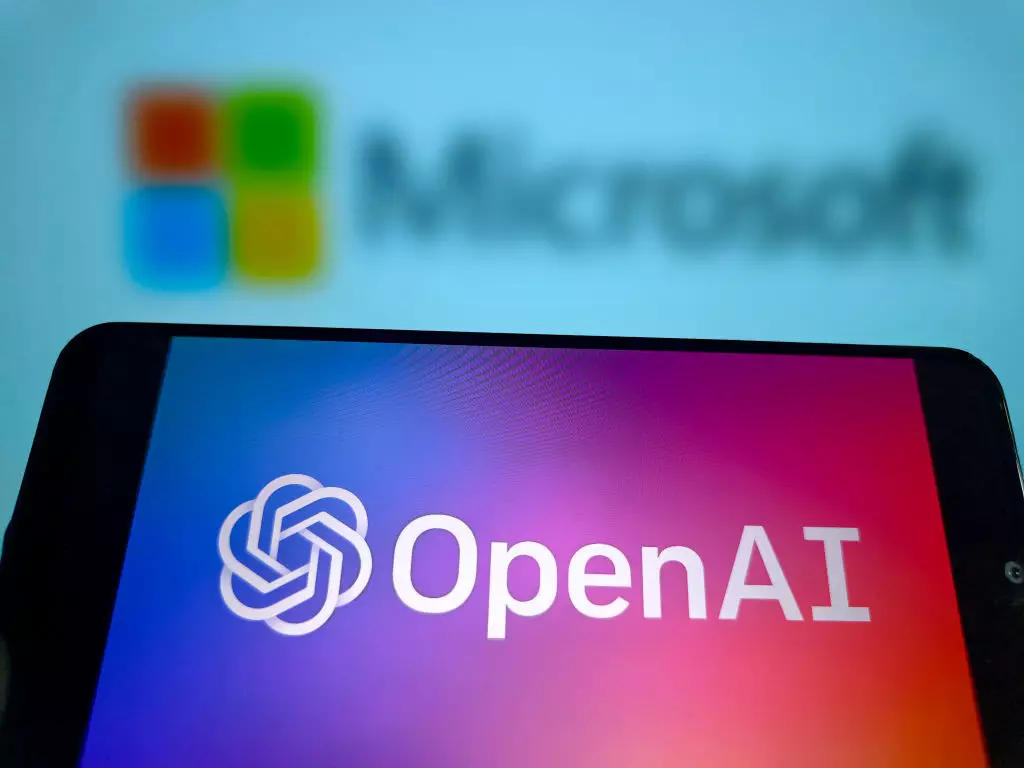In a recent statement, OpenAI stirred discussion by categorically denying any plans to launch an AI model referred to as Orion within this year, marking a clear divergence from earlier reports. A spokesperson reached out to TechCrunch, emphasizing, “We don’t have plans to release a model code-named Orion this year.” Instead, they hinted at various other technological advancements expected in the foreseeable future. This statement raises critical questions regarding the clarity and reliability of predictions in the AI industry, which often operates in a shroud of ambiguity, especially when it comes to future capabilities and timelines.
The uncertainty surrounding the Orion model was exacerbated by a report from The Verge, suggesting that OpenAI was gearing up for a launch as soon as December, hinting at potential early access for partners, notably Microsoft. This report implied that trusted collaborators would be first in line to explore the capabilities of Orion before the model became available to the broader public through platforms like ChatGPT. This contradictory information creates an environment ripe for speculation, where industry watchers and enthusiasts alike are left to decipher what is indeed on the horizon for OpenAI.
Microsoft’s close collaboration with OpenAI introduces another layer to the discussion, as it indicates the substantial strategic interests at play. With Microsoft as both a partner and investor, there is an evident expectation for them to gain early access to cutting-edge AI technologies like Orion—if it exists. This interdependence points toward a dynamic where corporate relationships significantly influence the deployment and potential unveiling of new models. The anticipation reflects not only market interests but also highlights how intertwined the commercial and technological facets of AI development have become.
OpenAI’s inclination to continue developing both GPT models and reasoning architectures like o1 signals an intention to address distinct needs within the AI landscape. By differentiating between generative tasks and reasoning-based applications, OpenAI is positioning itself to cater to specific use cases effectively. Nonetheless, the ambiguity surrounding the Orion model can be seen as indicative of a broader challenge: as AI technology evolves, so does the complexity of communicating about it transparently.
As we look to the future, the situation surrounding OpenAI and its forthcoming models, such as Orion, reflects the complexity inherent in the world of artificial intelligence. Speculation reigns when clarity is lacking, leading to an often chaotic discourse among stakeholders. OpenAI’s assertion that Orion will not be released this year does not offer definitive guidance but opens the door to various interpretations regarding their roadmap. In this rapidly changing field, organizations must balance innovation with clarity, ensuring they build trust with users and partners alike while navigating an uncertain terrain. The future may hold exciting advancements, but the ambiguity that surrounds them can be both a challenge and an opportunity for reflection and strategic realignment in the AI community.

